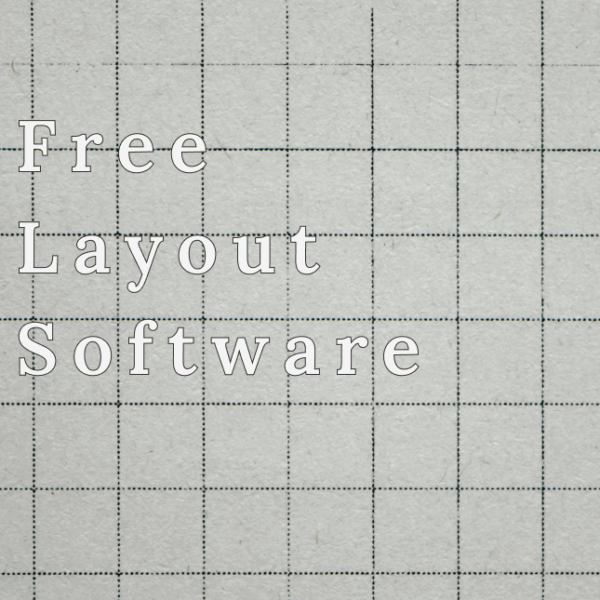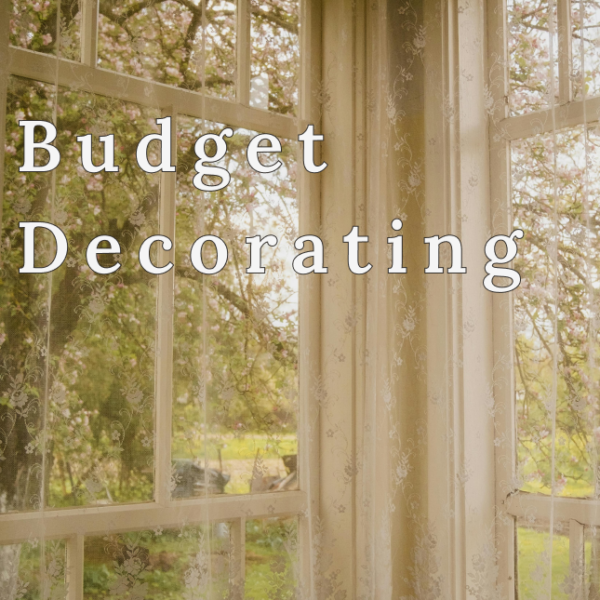Downsizing can be a liberating experience, offering a chance to simplify your life, reduce maintenance, and potentially save money. However, it can also be a challenging task to maintain comfort and style in a smaller space.
I love helping clients with downsizing their homes. It gives me the experience to get to know my clients very intimately as we sift through their things and decide what stays and what goes. Often, my clients share stories with me about where their knickknacks came from. I find it to be such a rewarding experience. But, that is no surprise, as I love decluttering. Read Declutter your Mind by Decluttering your Home and Read How Living in a Clean and Organized Home Allows You to Be Happier.
Tips for Downsizing

1. Evaluate, Declutter…Downsize!
The first step in downsizing is to evaluate what you truly need and love. Let’s face it, a lot of us keep things around that don’t really serve a purpose. Some find it hard to let go of things with the mentality of “maybe I will need it one day” but typically, that day never comes. So, don’t be afraid to let go, you will probably end up forgetting about said item(s).
- Assess Your Belongings: Go through each room and categorize items into what you want to keep, donate, sell, or discard. Focus on keeping things that are functional, sentimental, or add value to your life.
- Embrace Minimalism: Adopt a minimalist mindset by prioritizing quality over quantity. This will help you focus on items that serve a purpose and bring joy.
2. Choose Multifunctional Furniture
Investing in multifunctional furniture is key to maximizing space and maintaining style. Read Products for a Small Space: How to Gain Space and Storage.
- Storage Solutions: Opt for furniture with built-in storage, such as beds with drawers underneath, ottomans that double as storage bins, and coffee tables with shelves.
- Convertible Pieces: Look for items that can serve multiple purposes, like a sofa bed for guests or a dining table that can be extended.
3. Optimize Storage

Smart storage solutions can help you keep a small space organized and clutter-free.
- Use Vertical Space: Install shelves, cabinets, and hooks on walls to free up floor space. Consider tall bookcases or wall-mounted units to store items without taking up much room.
- Underutilized Areas: Make use of often overlooked spaces, such as under the stairs, above doorways, or behind doors, for extra storage.
4. Create Zones
Creating distinct zones within a smaller space can help maintain order and functionality.
- Define Areas: Use rugs, furniture arrangements, or screens to define different areas for living, dining, working, and sleeping.
- Consistency: Keep a consistent design theme to make the space feel cohesive and avoid visual clutter.
5. Incorporate Light and Colour
Light and colour are crucial in making a smaller space feel larger and more inviting.
- Natural Light: Maximize natural light by keeping windows unobstructed and using light, airy curtains. Mirrors can also help reflect light and create an illusion of more space.
- Colour Scheme: Use light colours for walls and furniture to make the room feel more spacious. Adding pops of colour through accessories can maintain visual interest without overwhelming the space.
Read Tips to Choosing the Right Colour Scheme for your Home.
6. Personalize Thoughtfully
Even in a smaller space, you can still showcase your personal style.
- Artwork and Decor: Choose a few statement pieces of art or decor that reflect your style. Rotate these pieces periodically to keep the space feeling fresh without overcrowding it.
- Sentimental Items: Display a select few sentimental items that have meaning to you. This will keep your space personal and comforting without feeling cluttered.
7. Focus on Quality

With less space, it’s important to invest in high-quality items that are durable and stylish.
- Timeless Pieces: Choose timeless, versatile pieces that can adapt to different styles and needs over time.
- Comfort: Prioritize comfort in your furniture selections to ensure that your downsized home remains a cozy and inviting place to live.
8. Plan for Flexibility
Design your space with flexibility in mind to accommodate changing needs and lifestyles.
- Modular Furniture: Consider modular furniture that can be rearranged easily to suit different purposes or occasions.
- Future Needs: Think about future-proofing your space by choosing adaptable designs that can accommodate potential changes in your living situation.
Sometimes bigger isn’t always better…downsize to the right size
A lot of people think having the biggest home possible will mean the most fulfillment in their space. I’m here to say, that is wrong. I think, being fulfilled with your home has more to do with how functional and stylish you make the space. Some big homes are a big disorganized mess, and some small homes are very thoughtfully designed and styled. So if you are looking to downsize for whatever reason, get excited. It gives you an opportunity to start fresh, liberate yourself and create a new story in your home.
Downsizing doesn’t mean you have to sacrifice comfort or style. By thoughtfully evaluating your belongings, choosing multifunctional furniture, optimizing storage, and incorporating light and colour, you can create a cozy, stylish, and functional smaller home. Remember, the goal is to create a space that truly reflects your personality and supports your lifestyle, no matter the size. Happy downsizing! Read Empty Nest, Full Potential: Transforming your Home after Kids Leave.
Click Here To Shop My Favourite Home Goods
Let’s design your space together, virtually.



